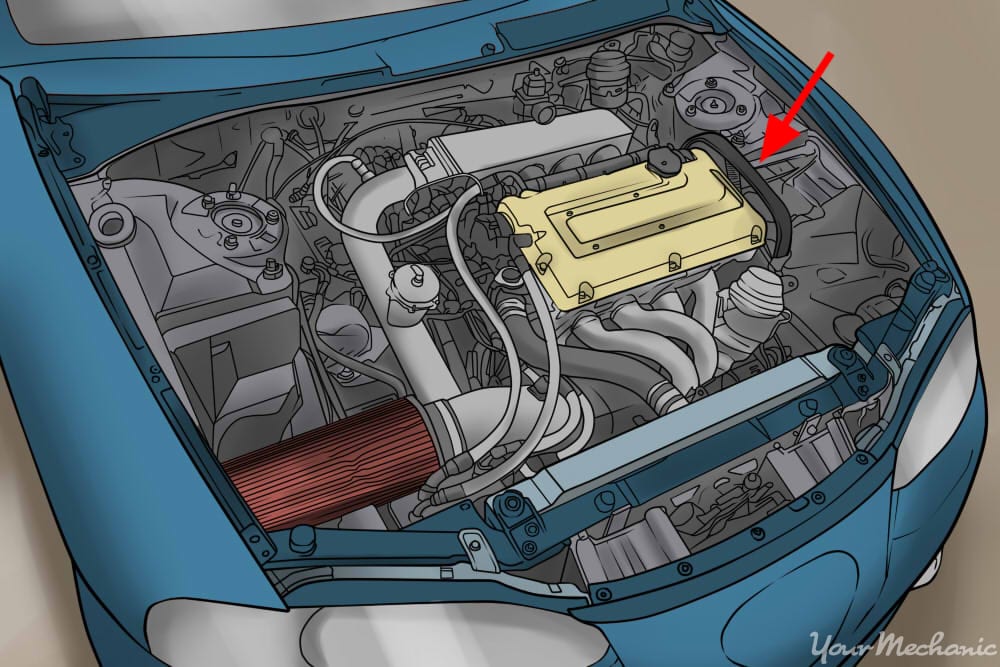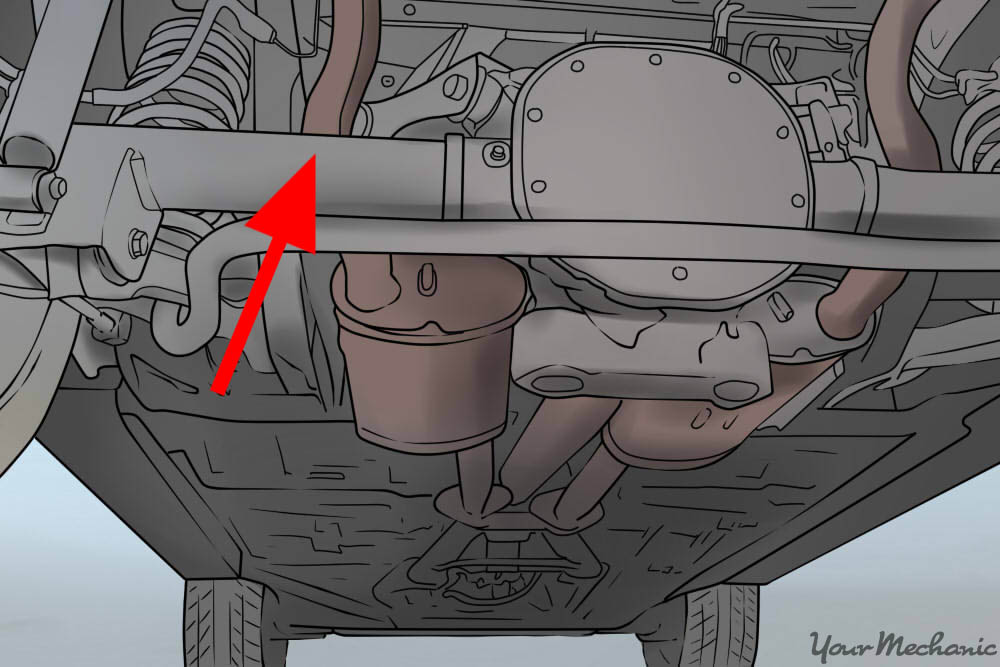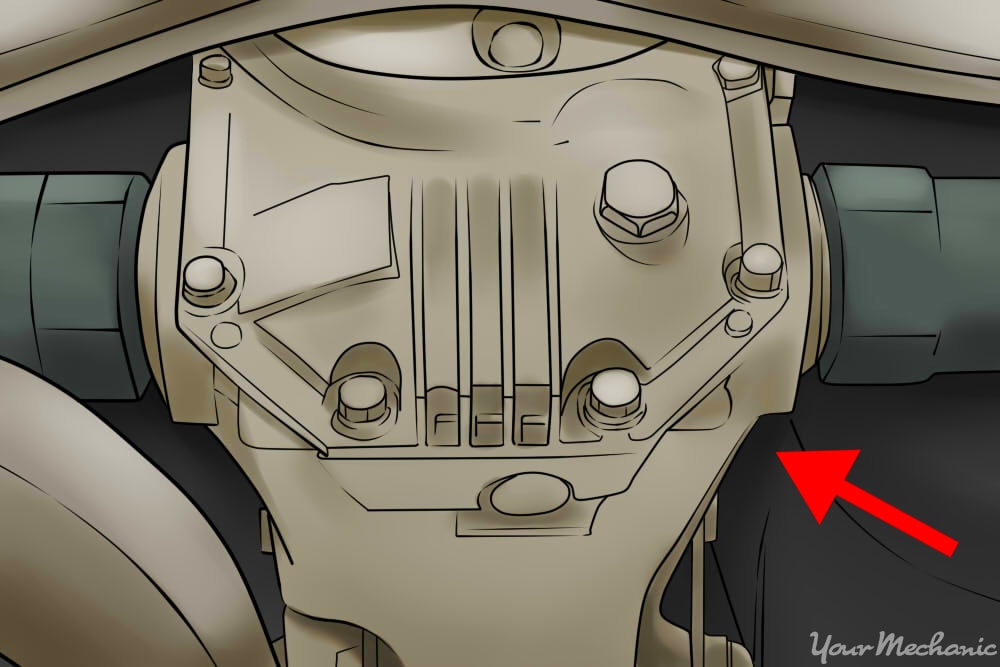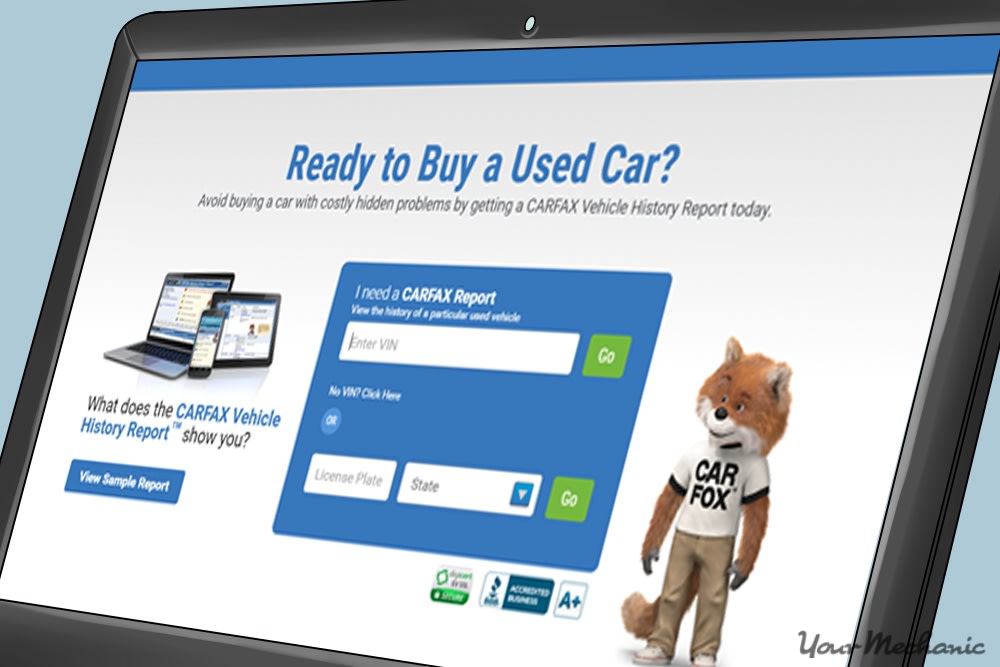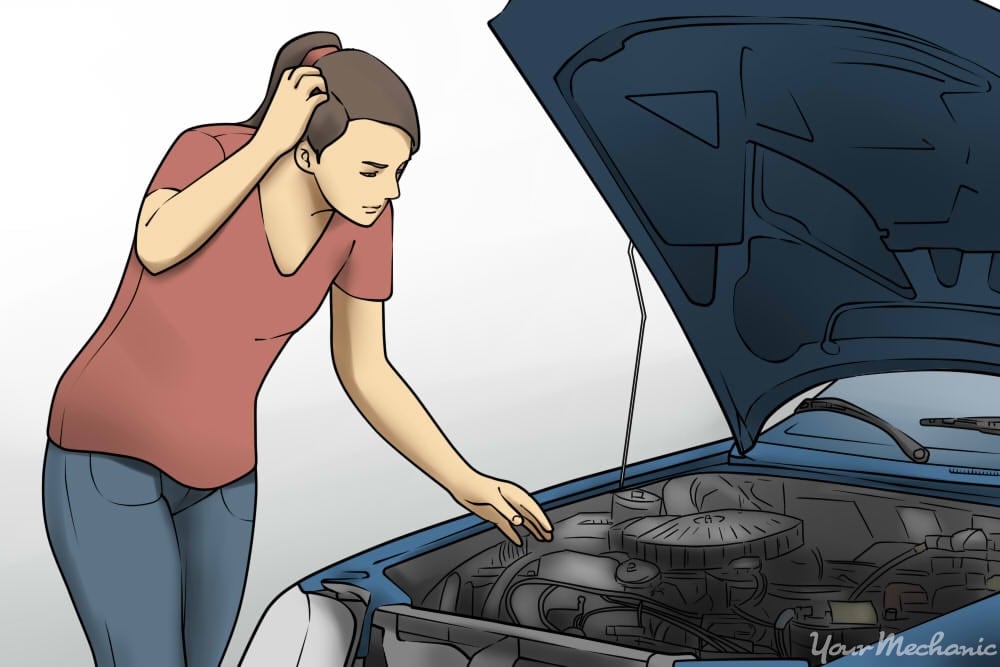

Every car has a drivetrain of some sort. The drivetrain is a system of transferring your car engine’s horsepower to the drive wheels that propels your car. The drivetrain consists of:
- Axle shafts
- Differential
- Propeller shaft
- Transfer case
- Transmission
In a front-wheel drive vehicle, the transmission incorporates the differential inside the case, and does not have a propeller shaft or transfer case. In a rear-wheel drive vehicle, all of the components are individual, though there isn’t a transfer case involved. In an all-wheel drive or four-wheel drive vehicle, each of the components is present, though some parts may or may not be integrated together.
It’s important to know what design your vehicle uses for its drivetrain. You may need to know which drivetrain you have if:
- You are purchasing parts for your vehicle
- You are putting your car on dollies behind your RV
- You need to have your car towed
- You perform your own vehicle maintenance
Here’s how you can determine if your car is front-wheel drive, rear-wheel drive, or all-wheel or four-wheel drive.
Method 1 of 4: Determine your vehicle’s application
The type of vehicle you drive can help you narrow down whether you have a front-wheel drive or a rear-wheel drive vehicle.
Step 1: Know what type of car you have. If you have a family car, a compact car, a minivan, or a luxury car, it is probably a front-wheel drive.
The major exception is in the case of vehicles made before 1990 when rear-wheel drive cars were commonplace.
If you drive a truck, a full-size SUV, or a muscle car, it is probably a rear-wheel drive design.
Note: There are exceptions here as well but is a general guideline to start your search.
Method 2 of 4: Check your engine orientation
Your engine’s layout can help you determine if your vehicle is front- or rear-wheel drive.
Step 1: Open the hood. Lift open the hood so you can see your engine.
Step 2: Locate the front of the engine. The front of the engine isn’t necessarily pointed forward toward the front of the car.
- The front of the engine is where the belts are mounted.
Step 3: Check the position of the belts. If the belts are pointed toward the front of the car, your vehicle is not front-wheel drive.
This is known as a longitudinally-mounted engine.
The transmission is mounted at the back of the engine and is not able to direct power to the front wheels primarily.
If the belts are to the side of the car, your drivetrain is not rear-wheel drive. This is known as a transverse engine mount design.
Note: Checking the engine orientation will help you narrow down your drivetrain possibilities but can’t completely indicate your drivetrain as you may also have an all-wheel drive or four-wheel drive vehicle.
Method 3 of 4: Check your axles
Axle shafts are used to transfer power to your drive wheels. If the wheel has an axle shaft to it, it is a drive wheel.
Step 1: Check under the car: Look underneath the front of your car at the wheel area.
- You’ll see the brakes, ball joints, and wheel knuckle at the backside of the wheel.
Step 2: Find the metal shaft: Look for a cylindrical metal shaft that runs directly toward the center of the wheel knuckle.
The shaft will be approximately an inch in diameter.
At the end of the shaft that attaches to the wheel there will be a pleated, cone-shaped rubber boot.
If the shaft is present, your front wheels are part of your drivetrain.
Step 4: Inspect for a rear differential. Look under the backside of your car.
It will be approximately the size of a small pumpkin and is often referred to as a pumpkin.
It will be mounted directly between the rear wheels in the center of the vehicle.
Look for a long, solid tube from the pumpkin or an axle shaft similar to the front axle shaft.
If there is a rear differential, your vehicle incorporates rear-wheel drive into its design.
If your vehicle has both front and rear drive axles, you have a four-wheel drive or an all-wheel drive design. If the engine is transversely mounted and you have front and rear drive axles, you have an all-wheel drive vehicle. If the engine is longitudinally mounted and you have front and rear axles, you have a four-wheel drive vehicle.
Method 4 of 4: Perform a VIN search
Your vehicle identification number can help you to determine what type of drivetrain your vehicle has. You will need to have access to the internet, so you may not be able to use this method if you are in a situation on the road.
Step 1: Find a resource for a VIN search. You can use popular vehicle history report sites such as Carfax and CarProof that require payment.
- You can also search for a free VIN decoder online which may not provide complete information.
Step 2: Enter the full VIN number into the search. Submit to view the results.
- Provide payment if necessary.
Step 3: Look through the results for the drivetrain set-up. Look for the abbreviations FWD for front-wheel drive, RWD for rear-wheel drive, AWD for all-wheel drive, and 4WD or 4x4 for four-wheel drive.
If you have gone through all these methods but are still unsure of the type of drive your car has, contact a professional mechanic to look at your car for you. Knowing what kind of drivetrain you have is important if you ever need to have your car towed, purchase parts for it, or have it towed behind an RV.


